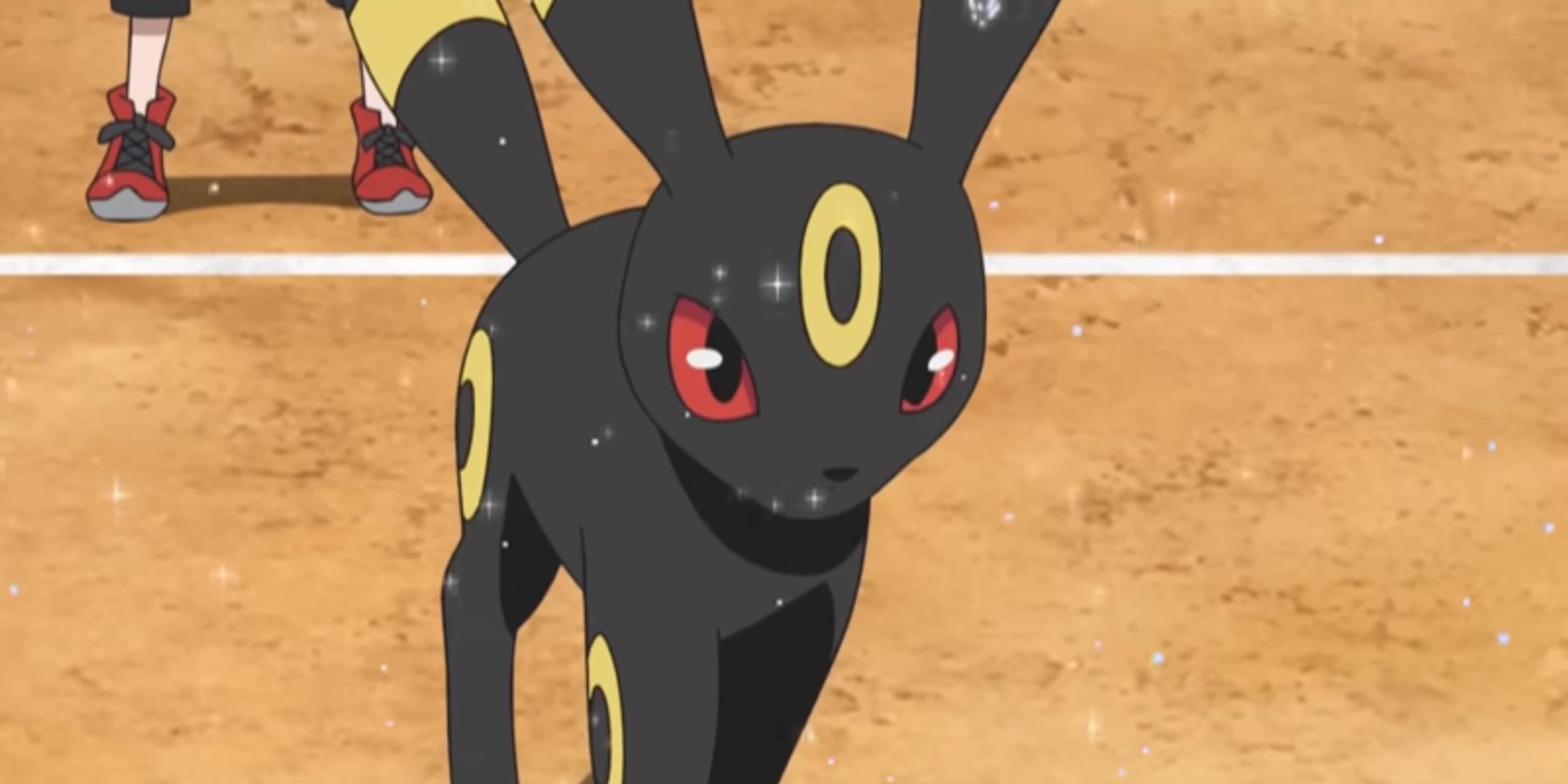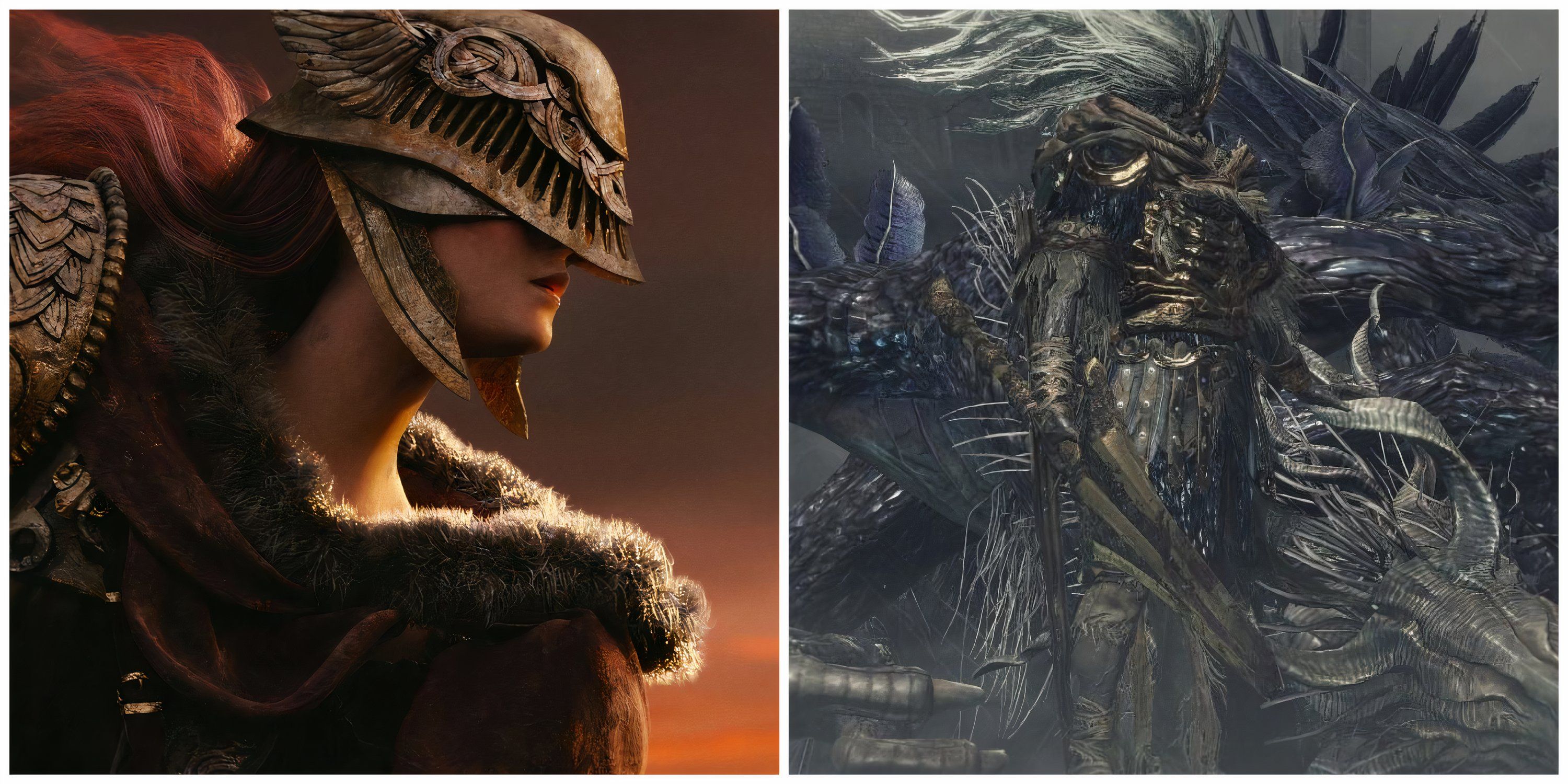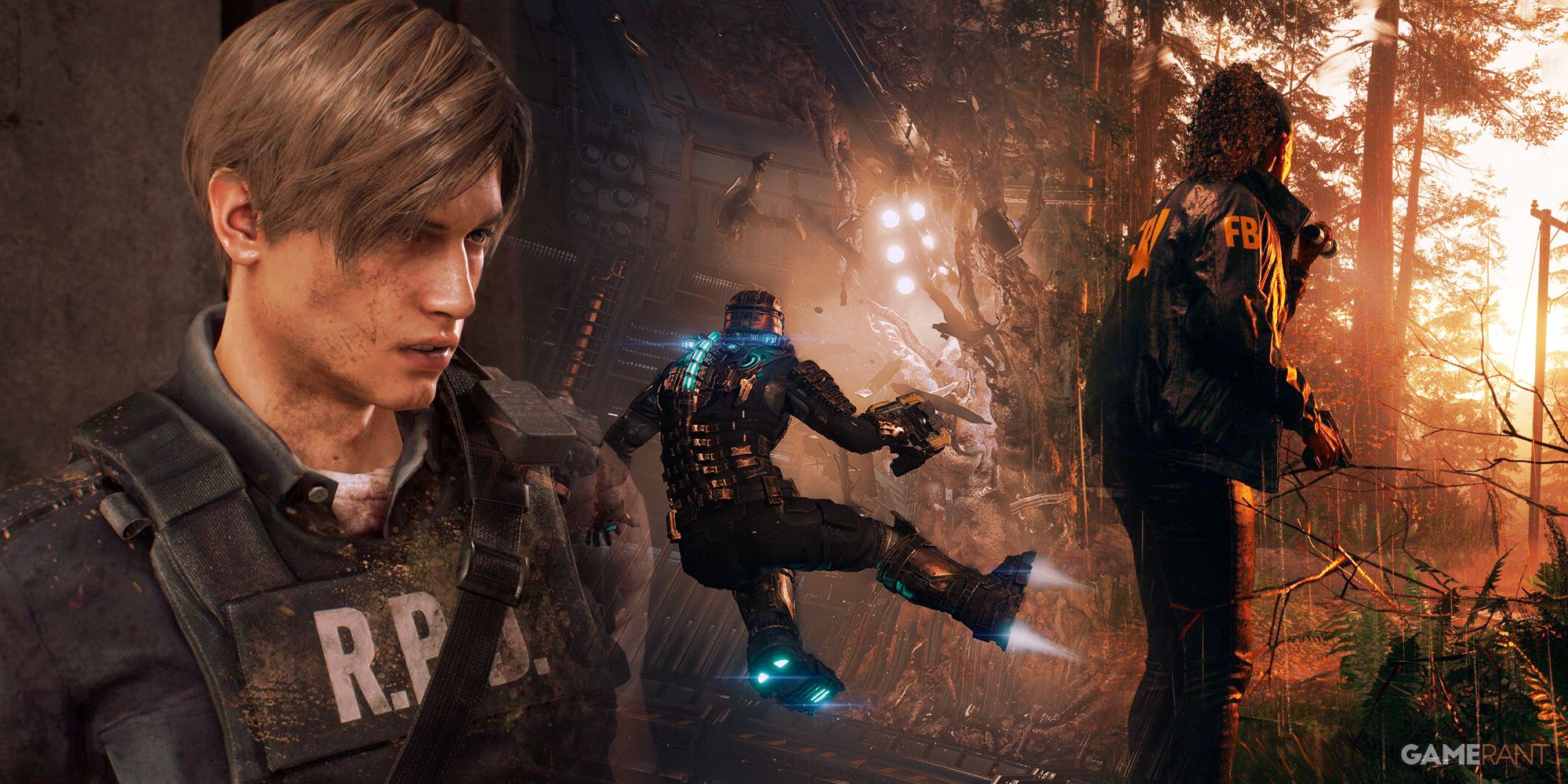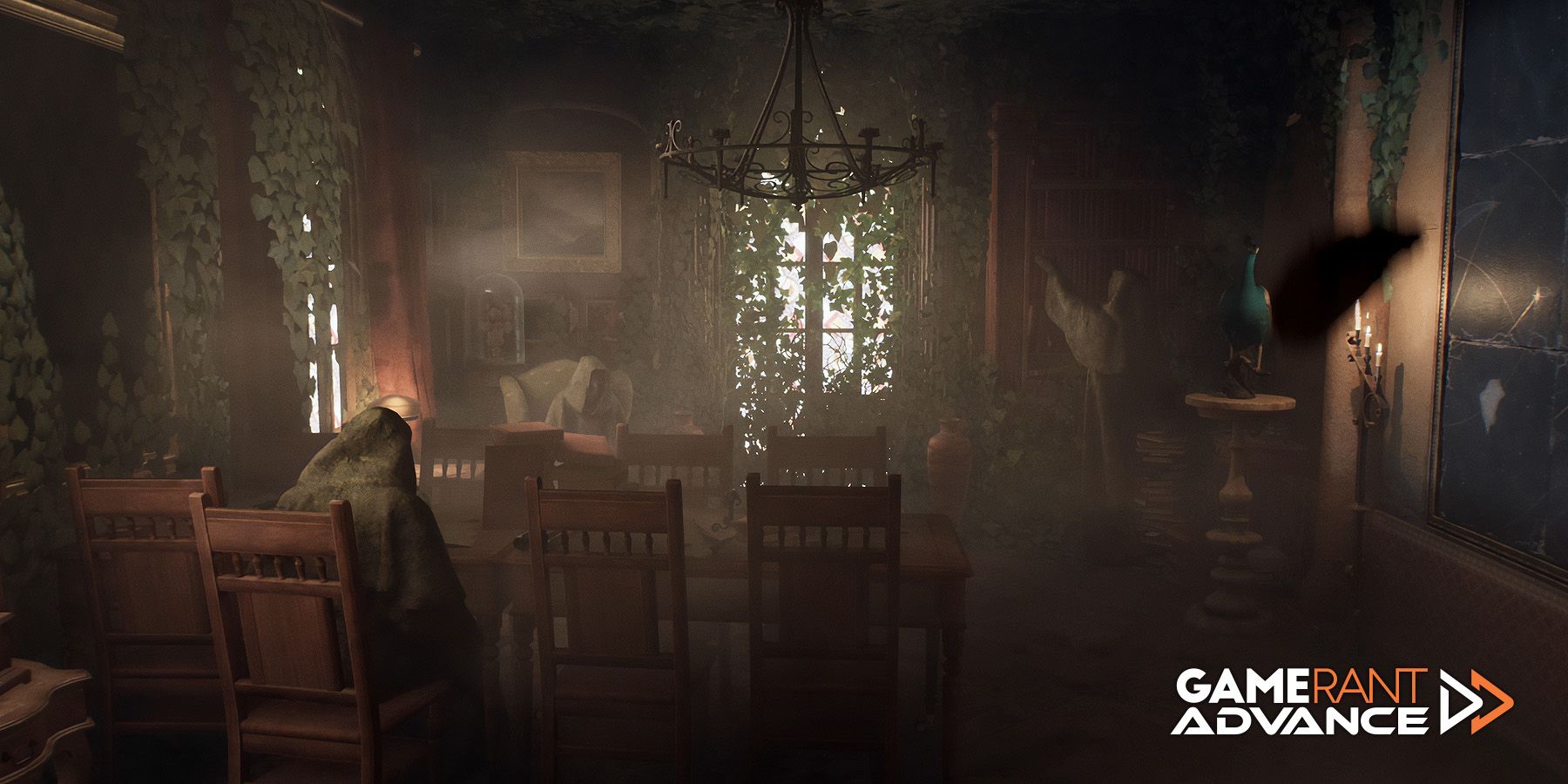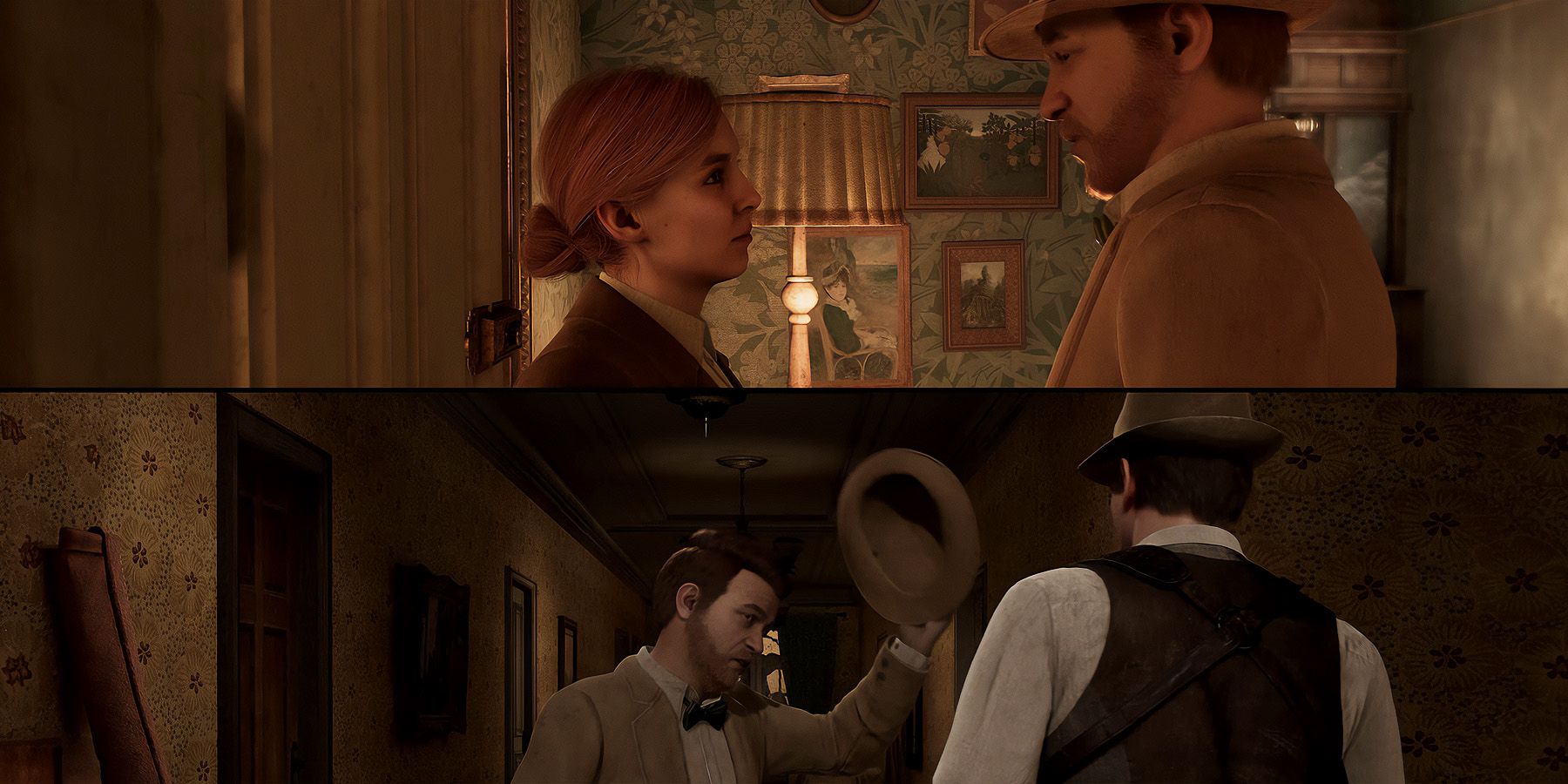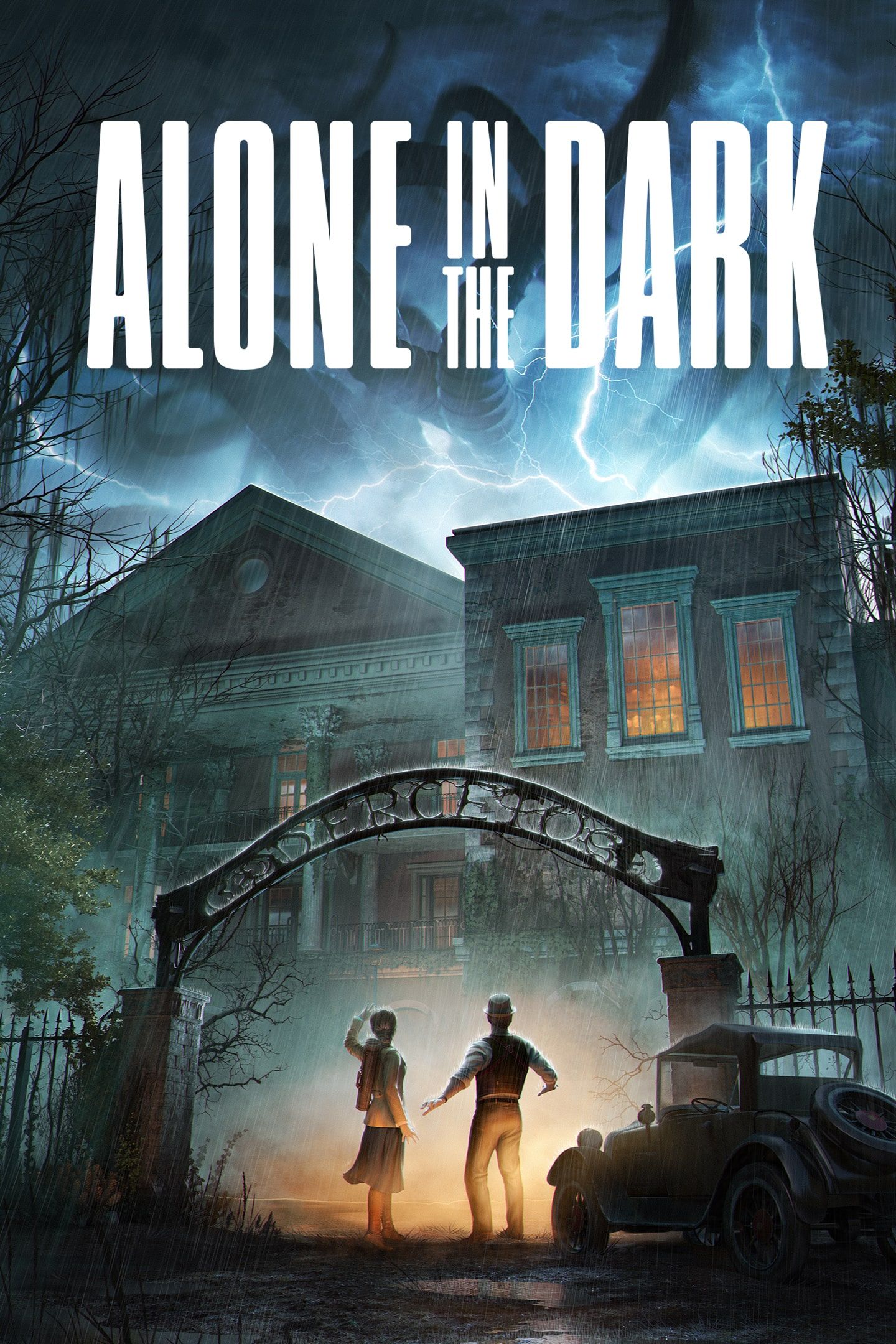Alone in the Dark, Pieces Interactive's reimagining of the seminal 1992 survival horror title, is set to spook a whole new generation of players come March 20. The frame narrative of the title—an investigation of a Lovecraftian haunted house—remains unchanged. The core mechanics, meanwhile of the original Alone in the Dark are modernized. This Alone in the Dark game evokes the same, if refreshed, sensations of the original, but players will quickly find themselves in unfamiliar territory nonetheless.
Game ZXC recently had the opportunity to speak to Alone in the Dark's creative director and writer, Mikael Hedberg, as well as THQ Nordic producer Andreas Schmiedecker, about their creative vision and ambitions for the new title. Just as Final Fantasy 7Rebirth has made major changes to the original, Pieces Interactive promises a wholly new experience that will honor everything that made the first Alone in the Dark great.
Referential Reverence in Alone in the Dark
Hedberg stated that calling Alone in the Dark a remake, as opposed to a reimagining, "just wouldn't make sense," but that doesn't mean Pieces Interactive is disregarding the source material. The game follows Edward Carnby and Emily Hartwood as they explore the haunted halls of Derceto Manor, instead of either/or, but promises an entirely new experience for newcomers and franchise veterans alike. As Hedberg explained it,
"Having played the original games wouldn’t help you to play our game or know where things were going. What you do get if you have played the originals, is the opportunity to go on an absolute reference bender."
The original Alone in the Dark is, itself, a highly referential game. Edward Carnby, one of the title's two playable characters, is a reference to John Carnby from Clark Ashton Smith's The Return of the Sorcerer, which was itself inspired by H.P. Lovecraft's Cthulhu mythos. Hedberg assures players that all of these Lovecraftian nods are alive and well in the reimagining, though many of these references may manifest differently.
Alone in the Dark Questions Everything
The jumping point for Alone in the Dark was questioning everything about the first game. Schmiedecker cited their handling of Jeremy Hartwood's character as one such departure from the 1992 title's narrative.
"What, for instance, changes if Jeremy, the character that kickstarts the story with his letter, didn't kill himself (as he did in the original) but instead sought therapy? In that sense, the question of whether history is doomed to repeat itself has been very much on the developers' minds."
This new frame narrative poses several questions, such as whether Jeremy can be saved or if his prolonged survival has somehow allowed the Hartwood Curse to grow stronger. Remakes also often break the fourth wall to acknowledge their earlier incarnations, and it will be interesting to see whether Jeremy's original fate is repeated - especially given if it is referenced in Emily's dream.
Both Hedberg and Schmiedecker were understandably reserved about specifics to preserve the story's twists and turns in Alone in the Dark, but it is abundantly clear that players should not expect a straightforward retelling of the original game. Hedberg used the analogy of building a new statue out of the fragments of an original sculpture, likening the game to an irreverent love letter to its forerunner.

